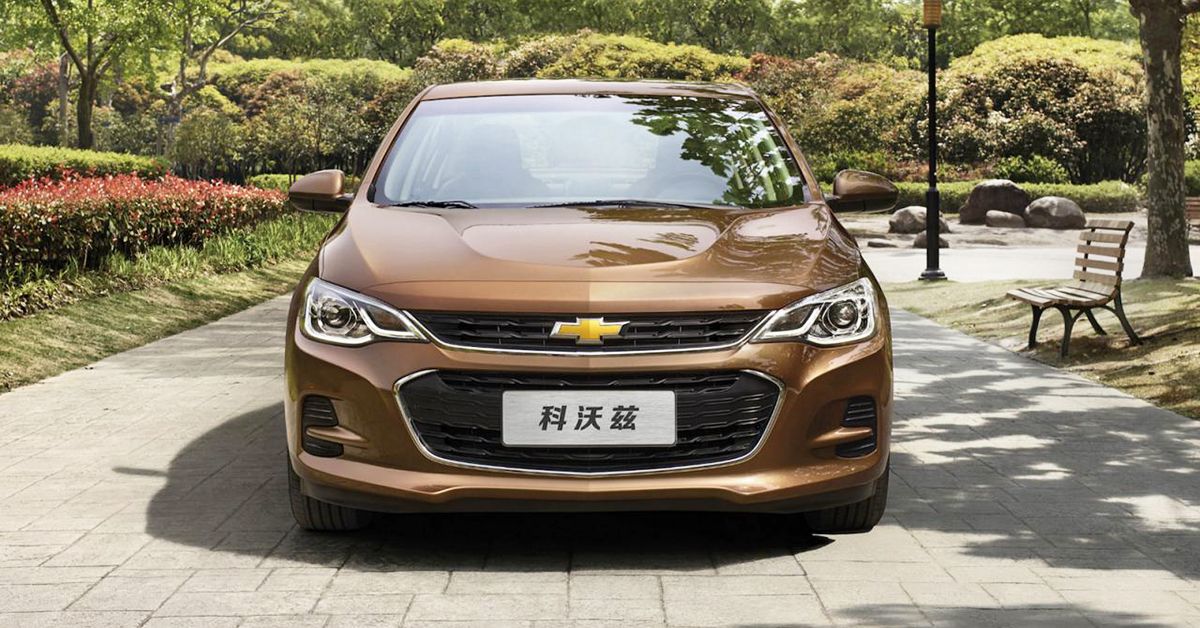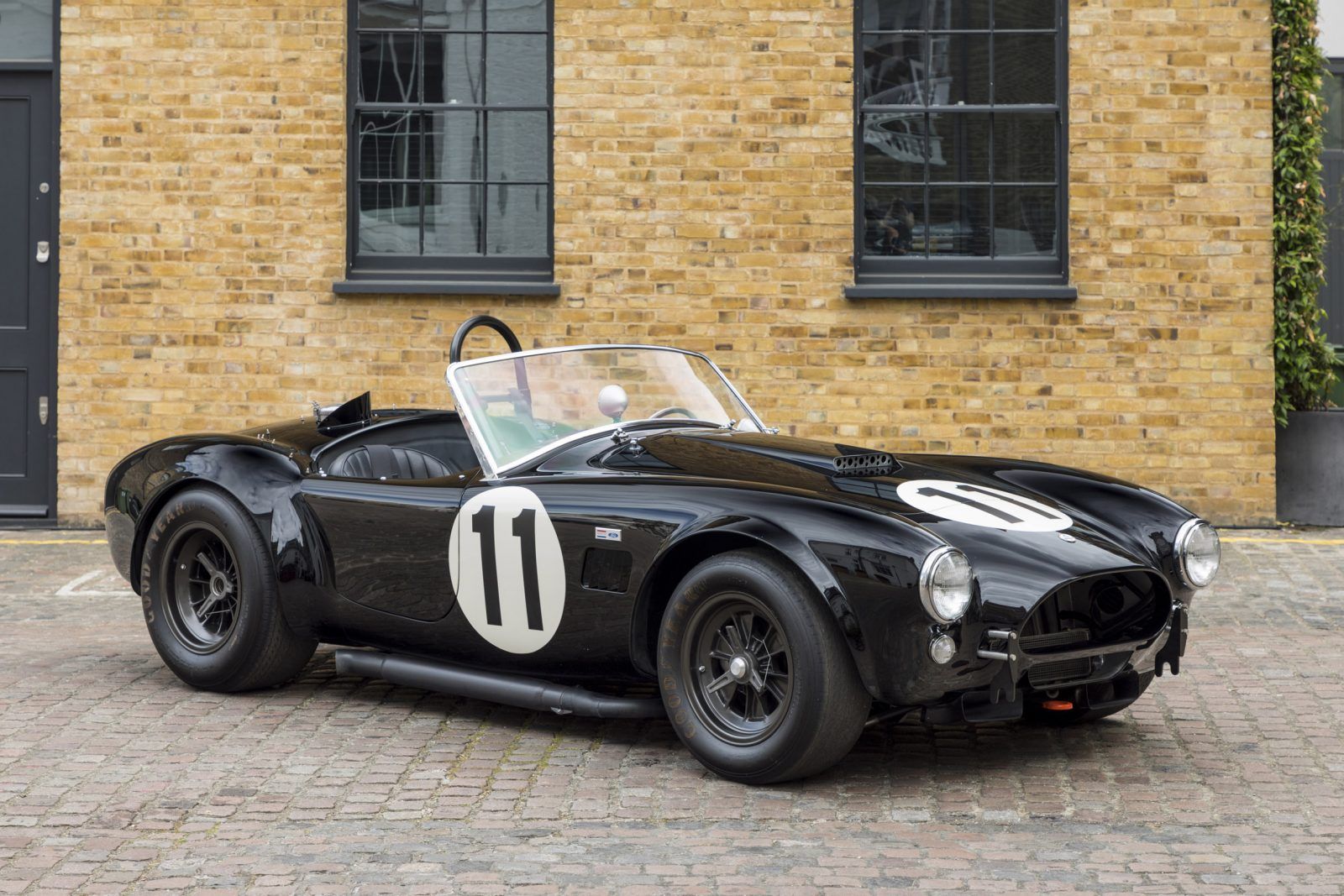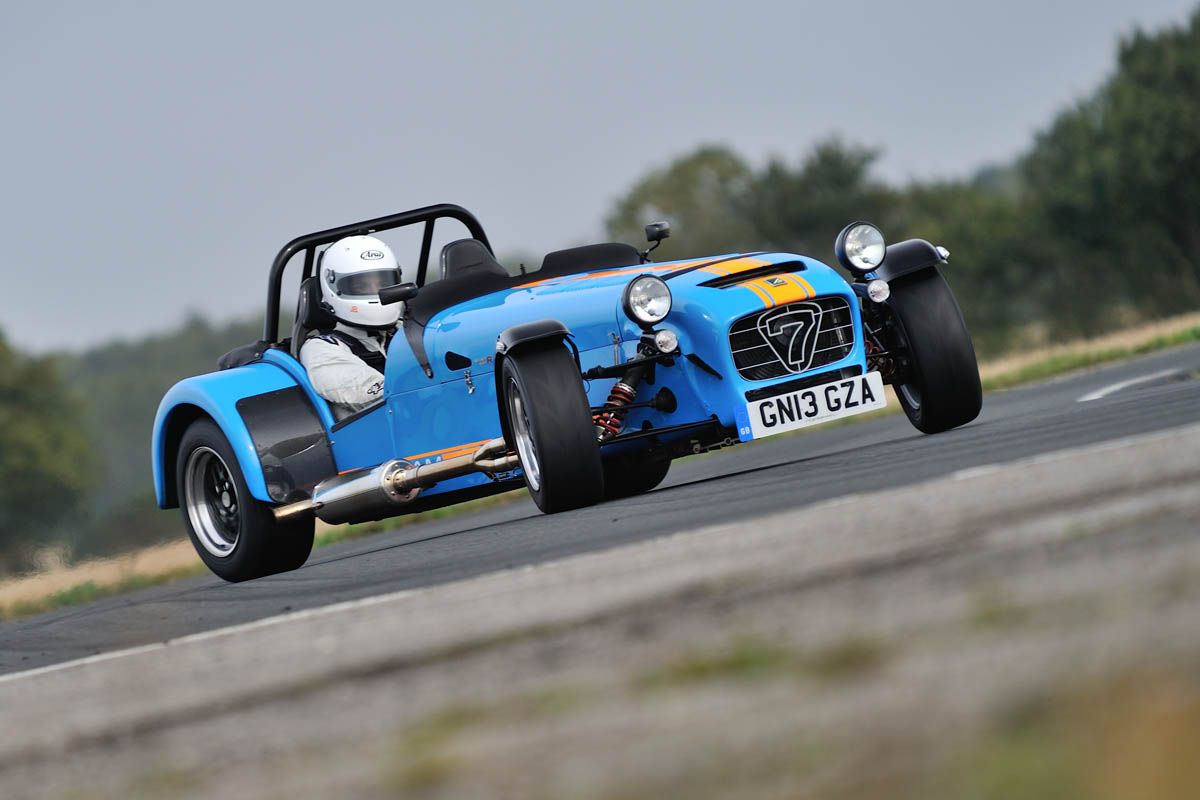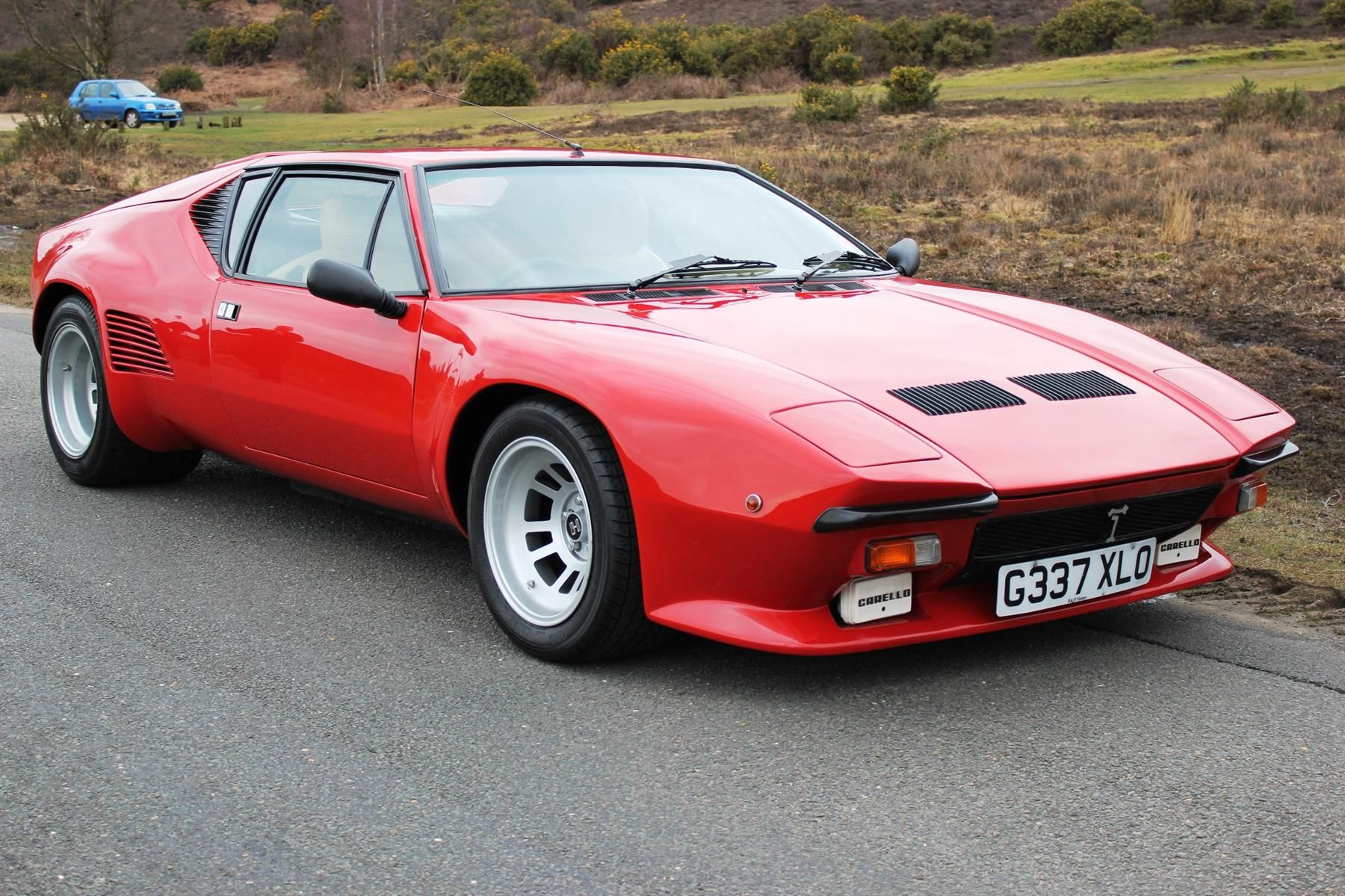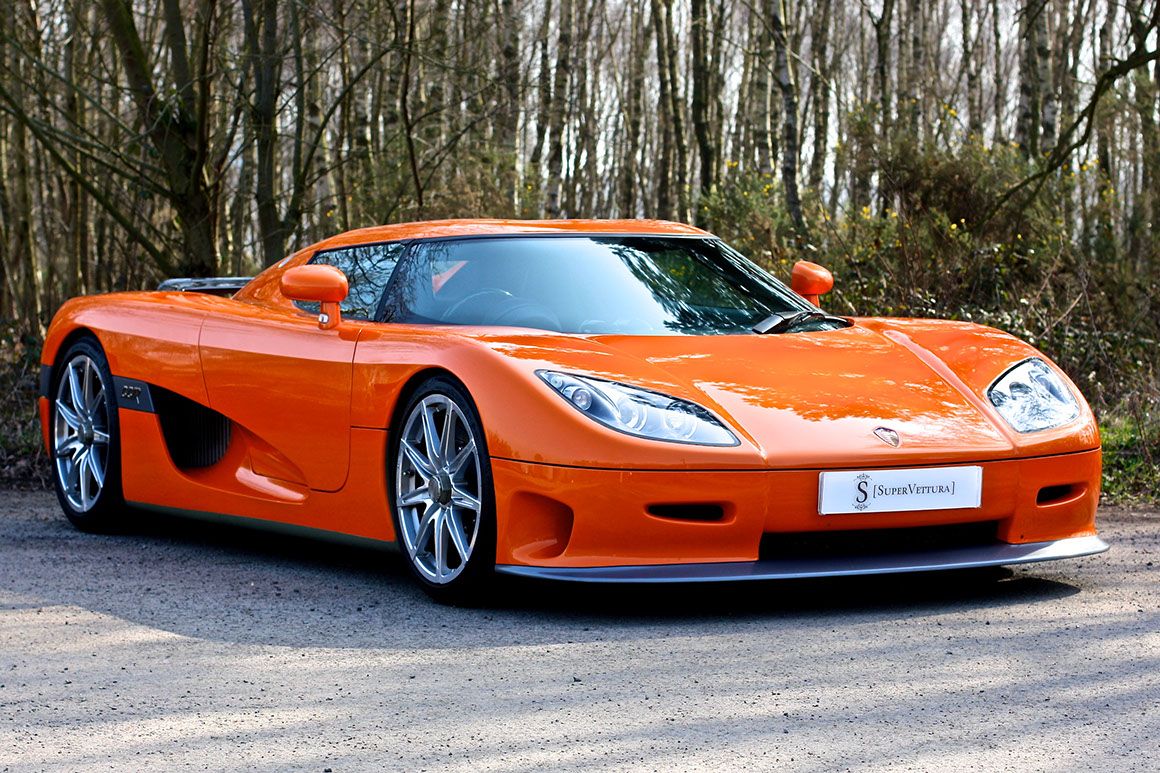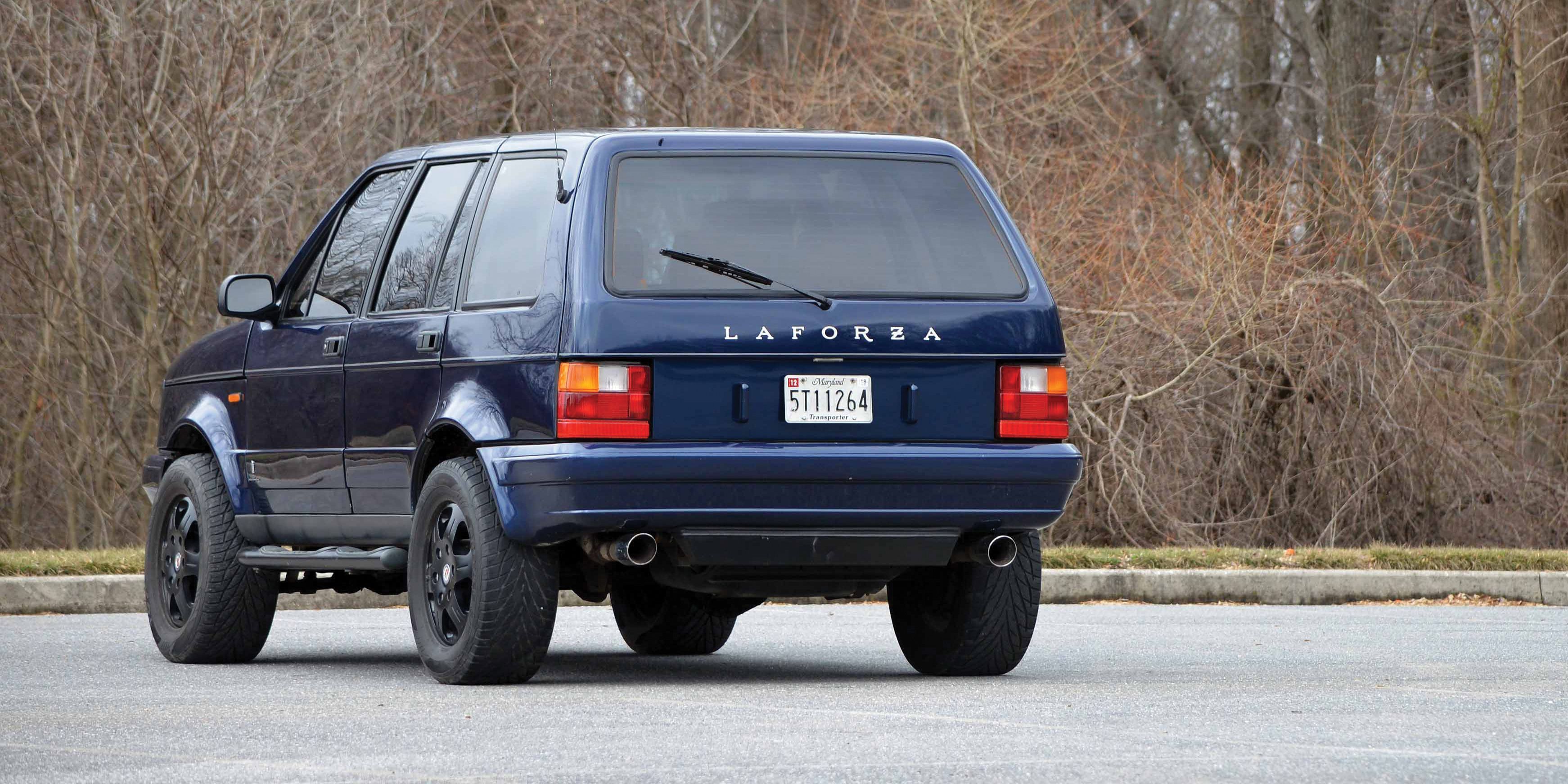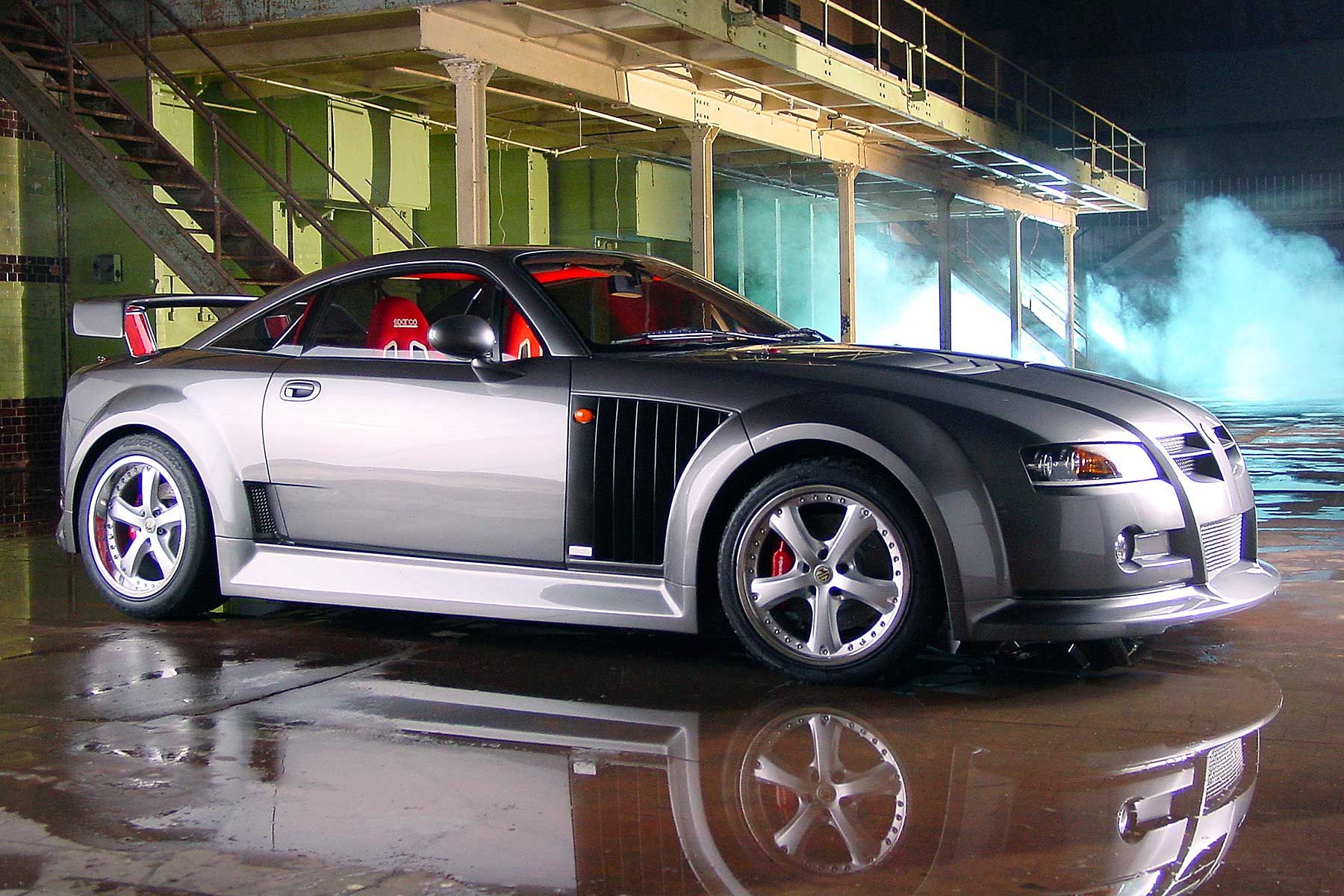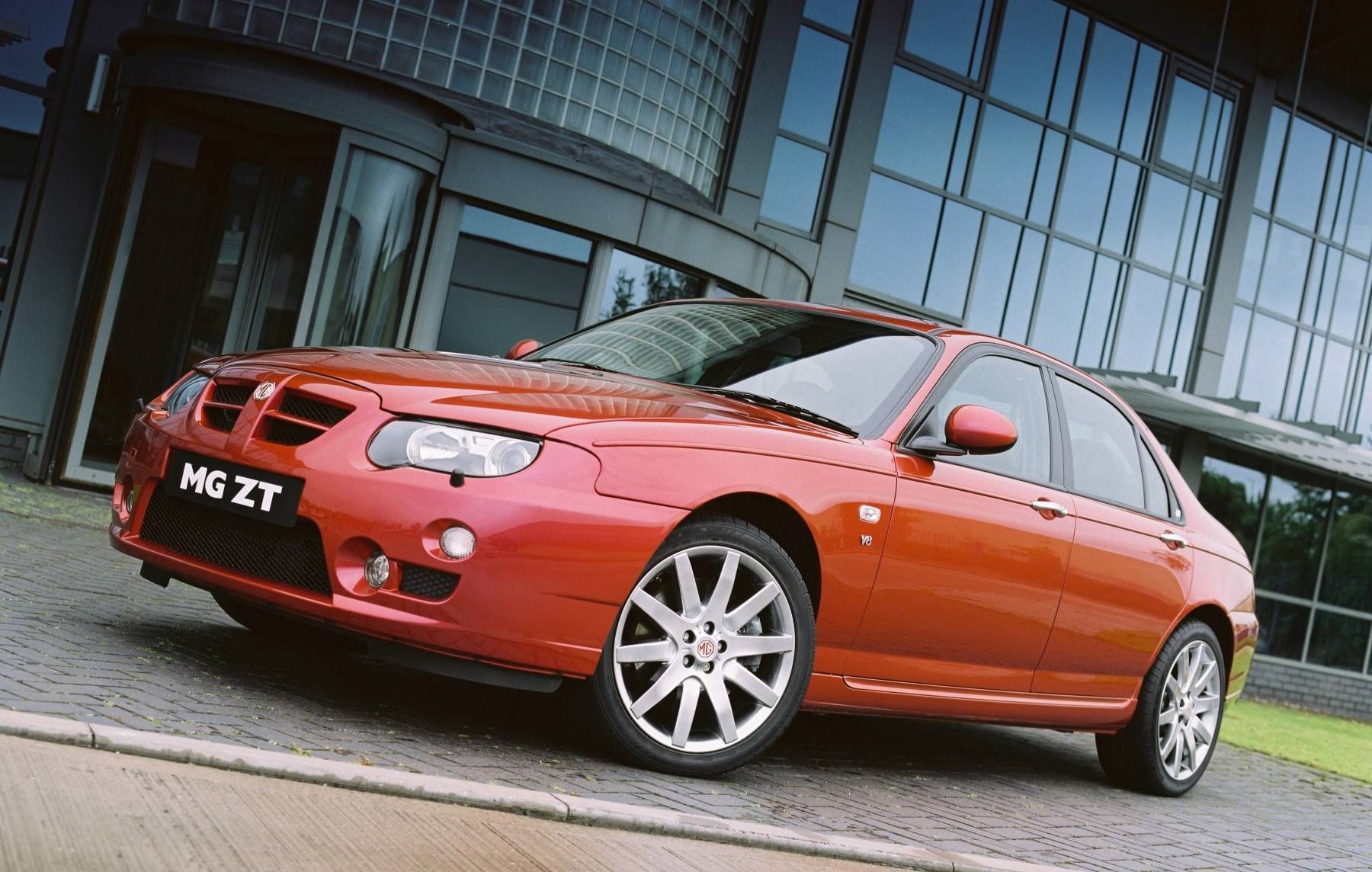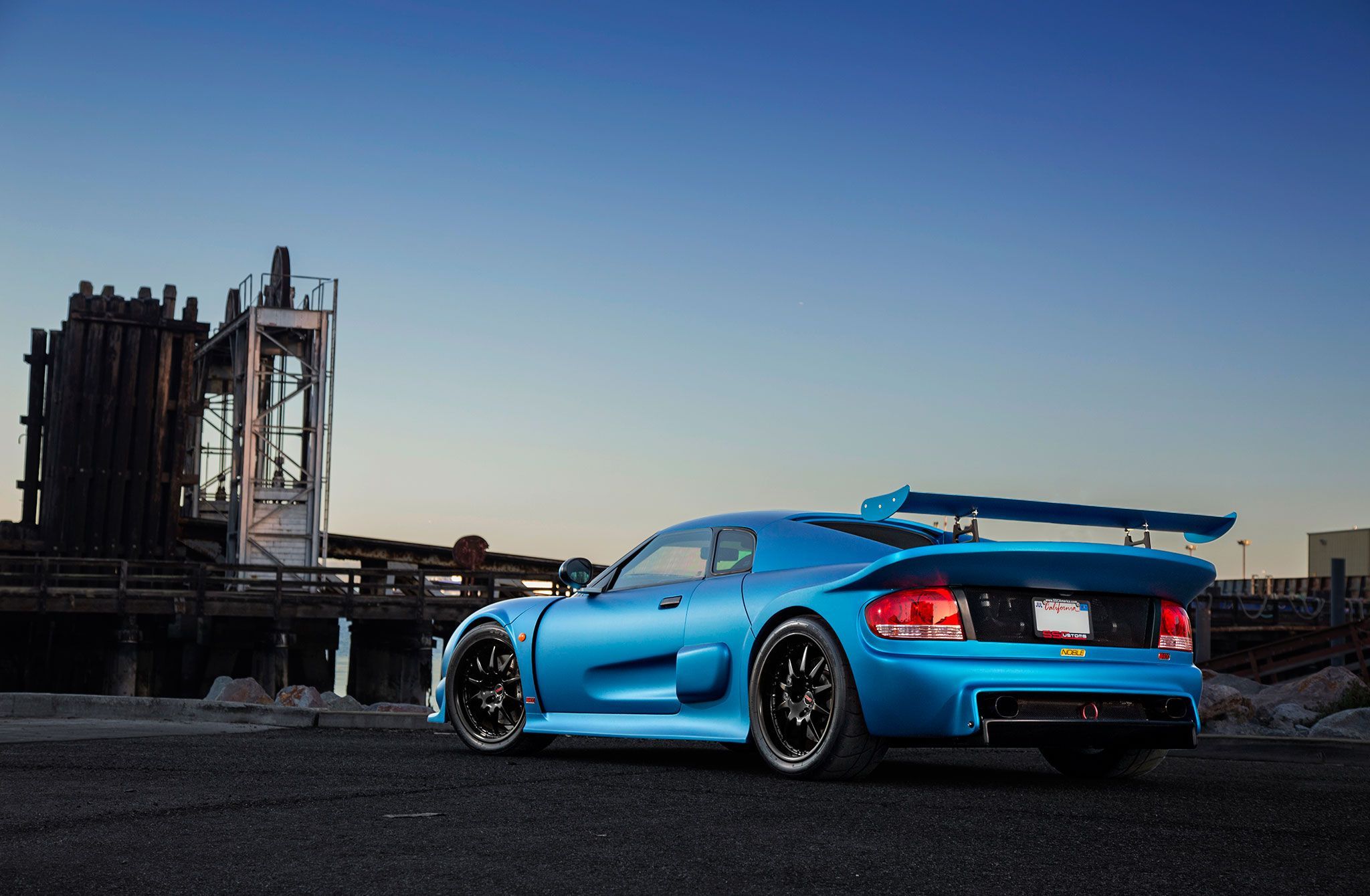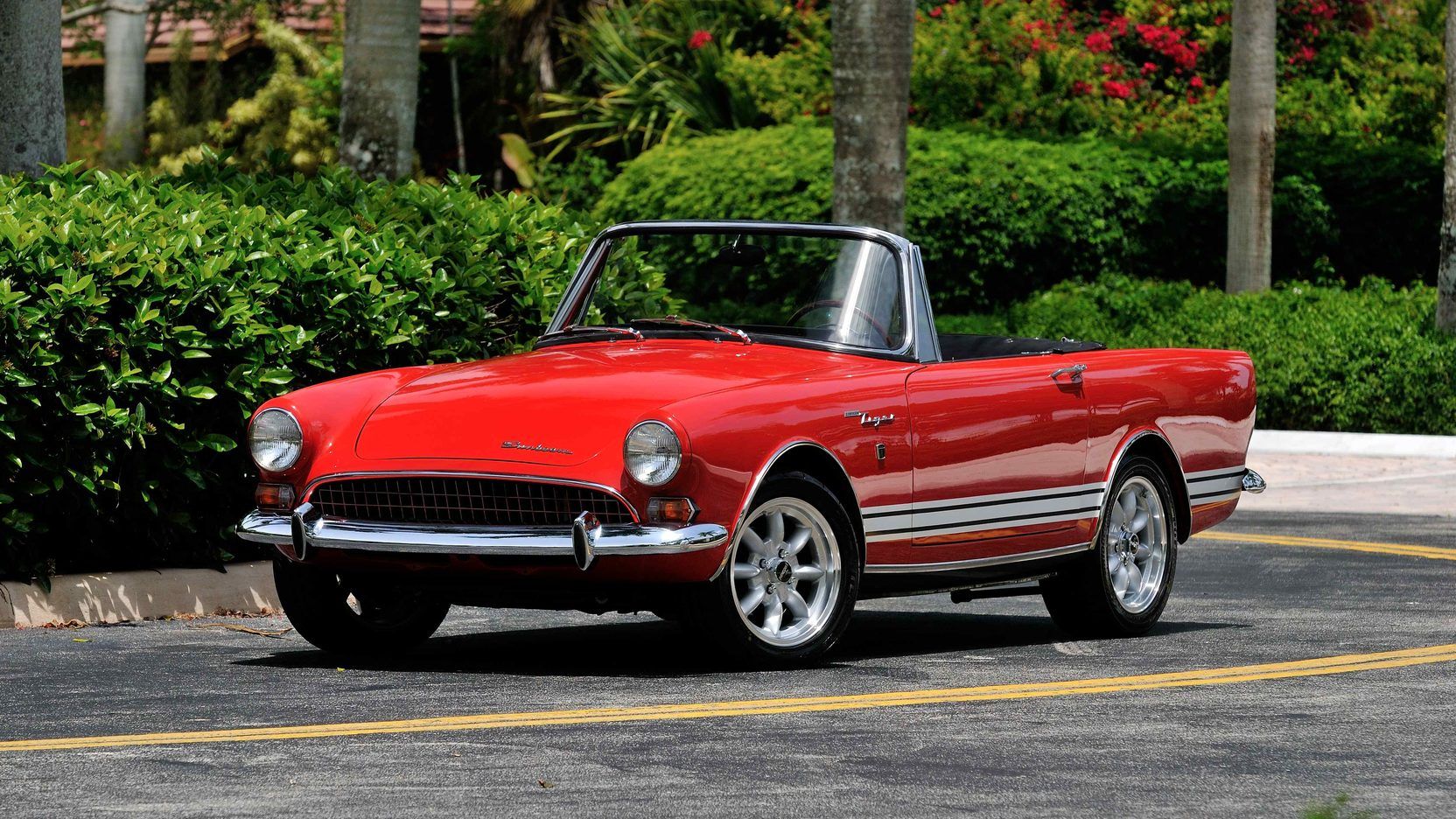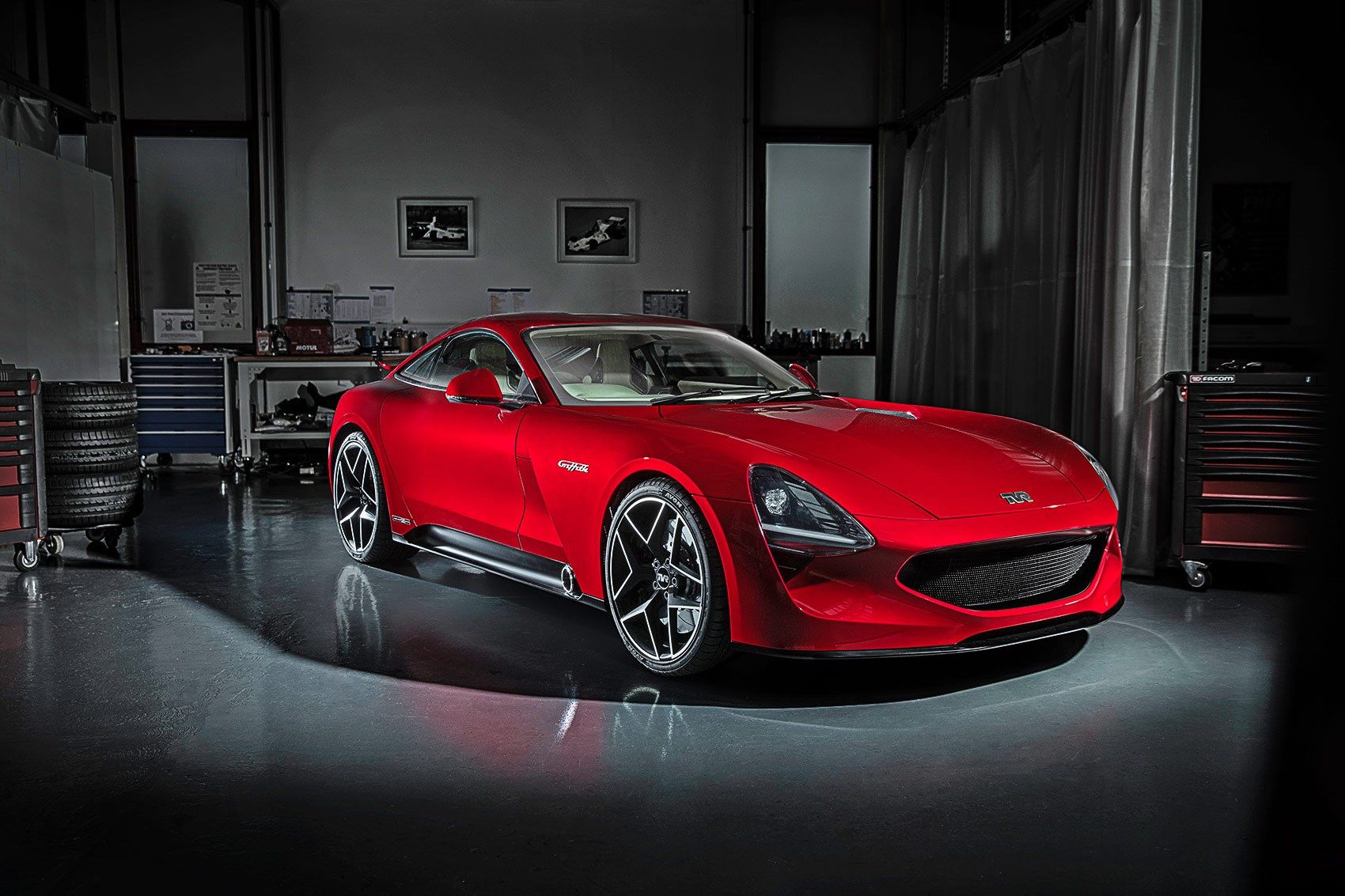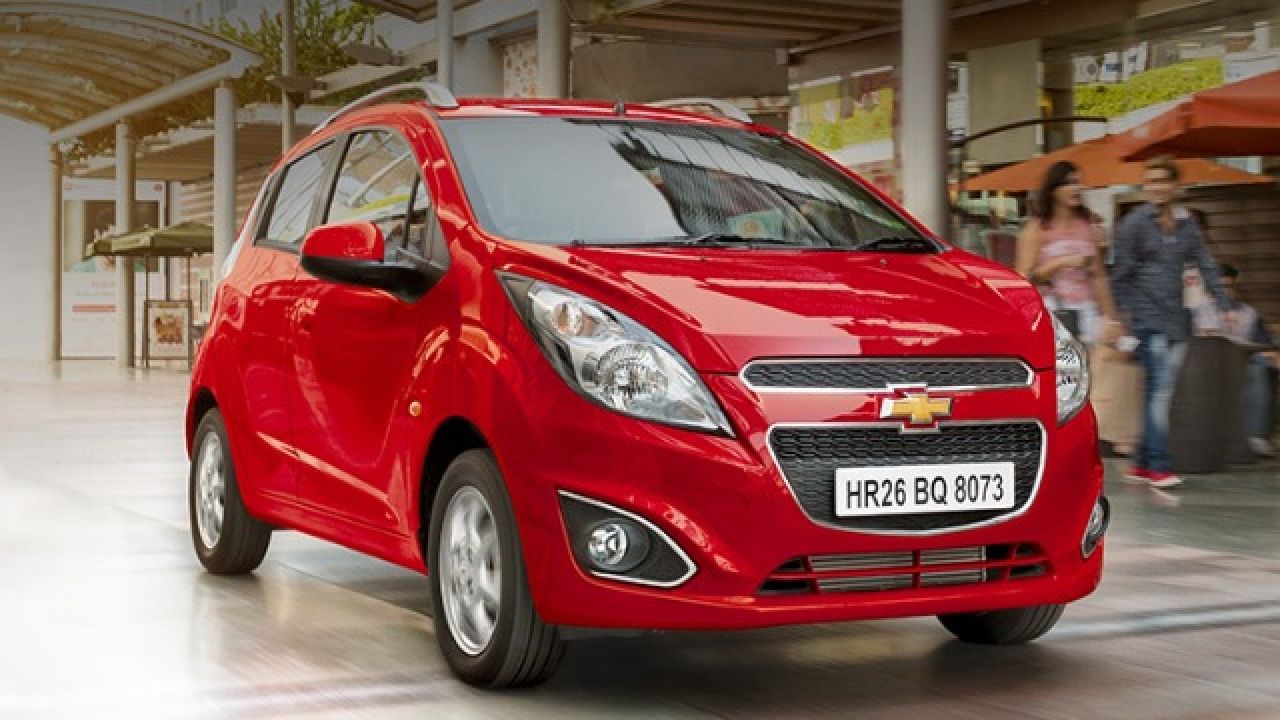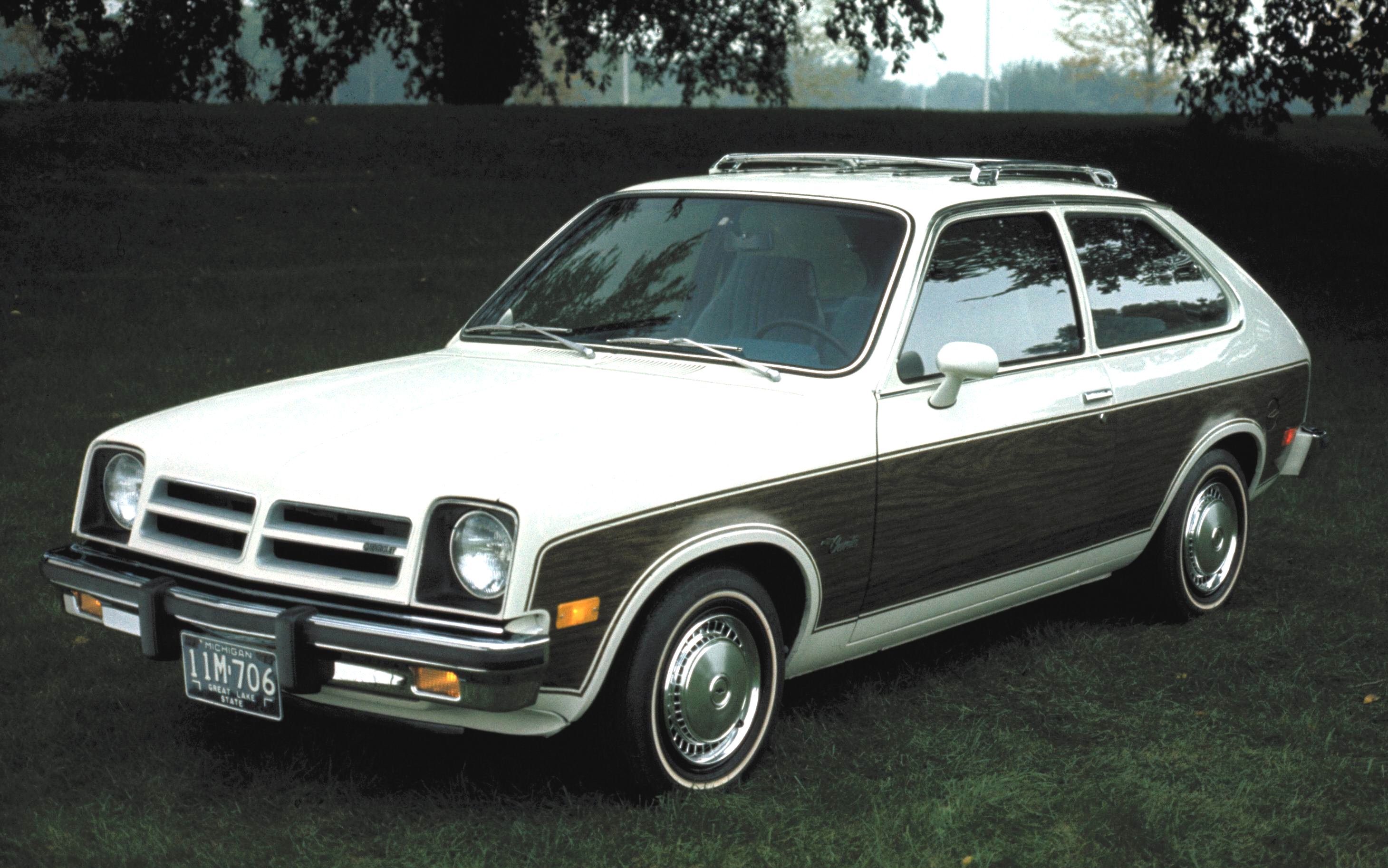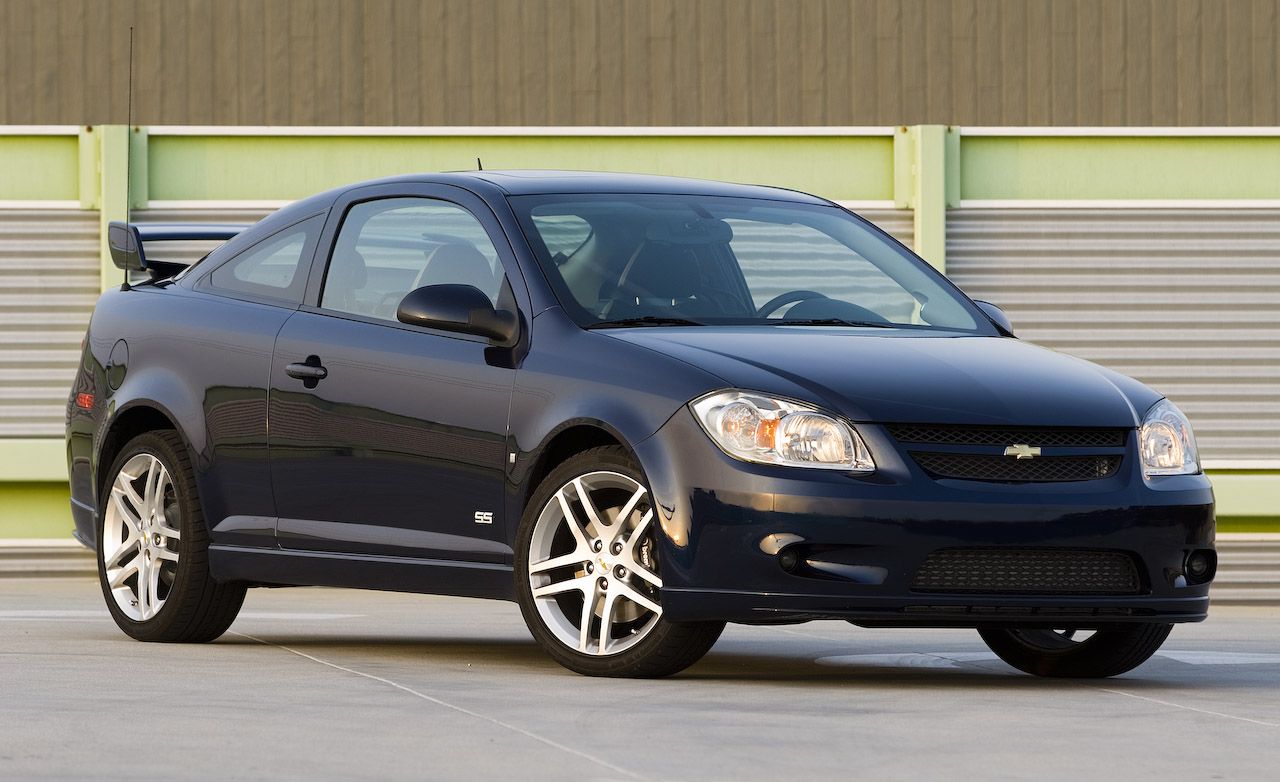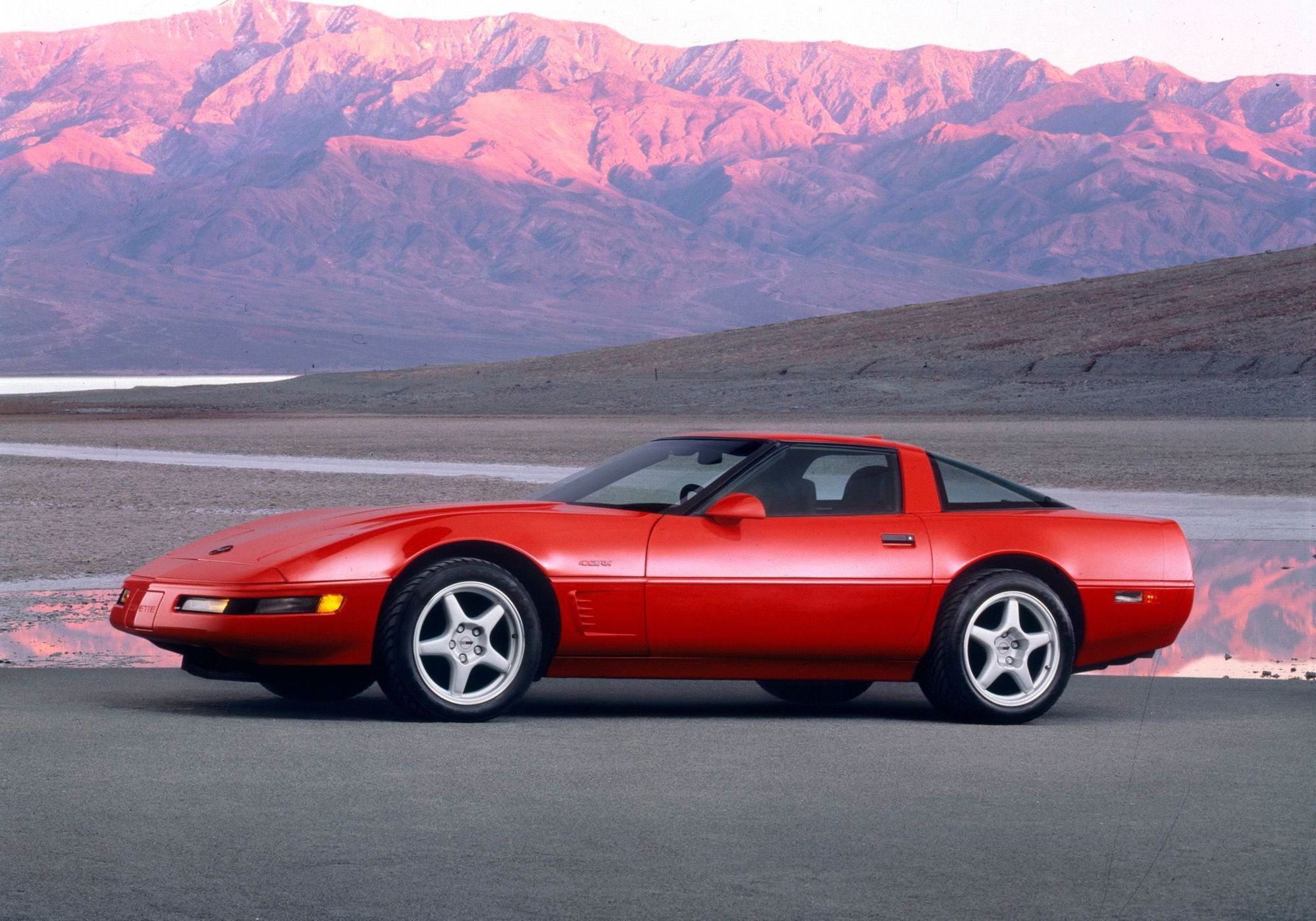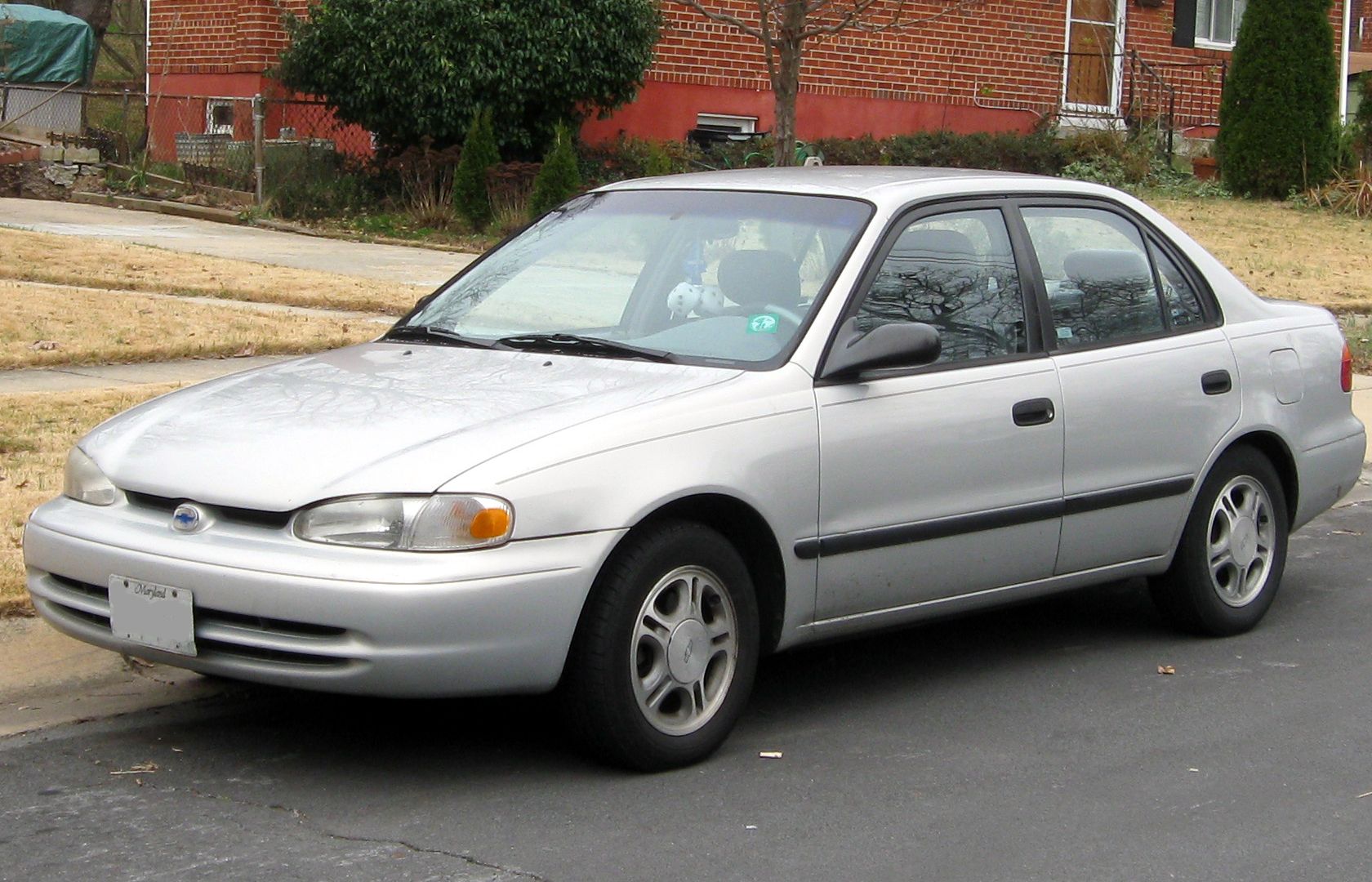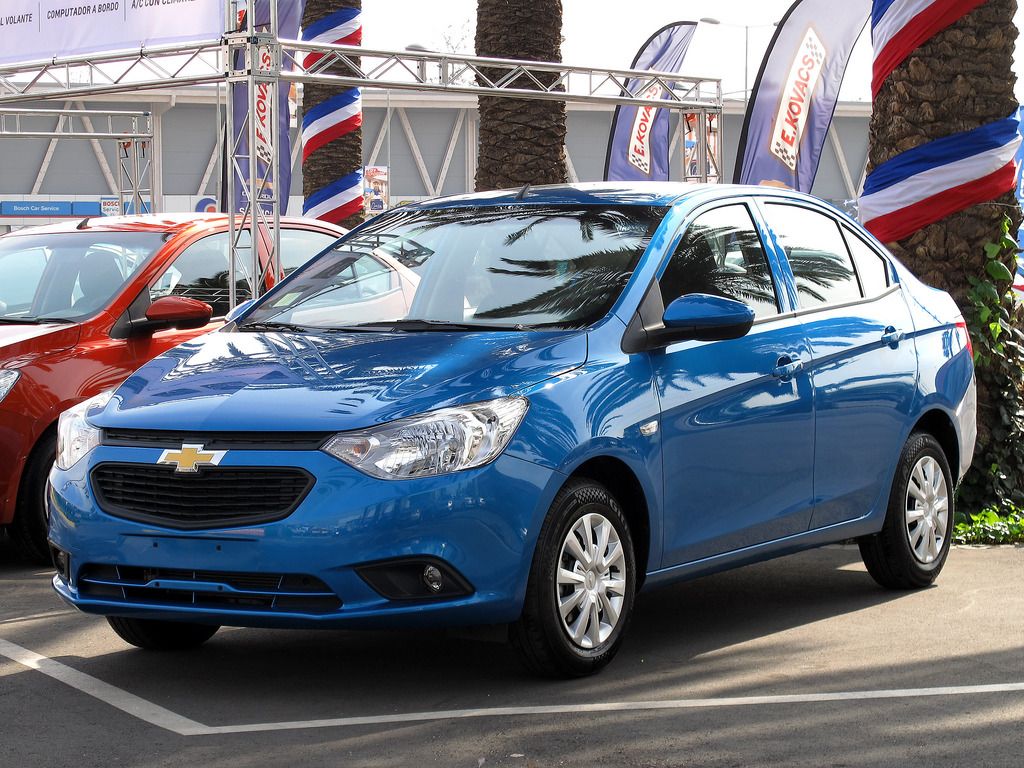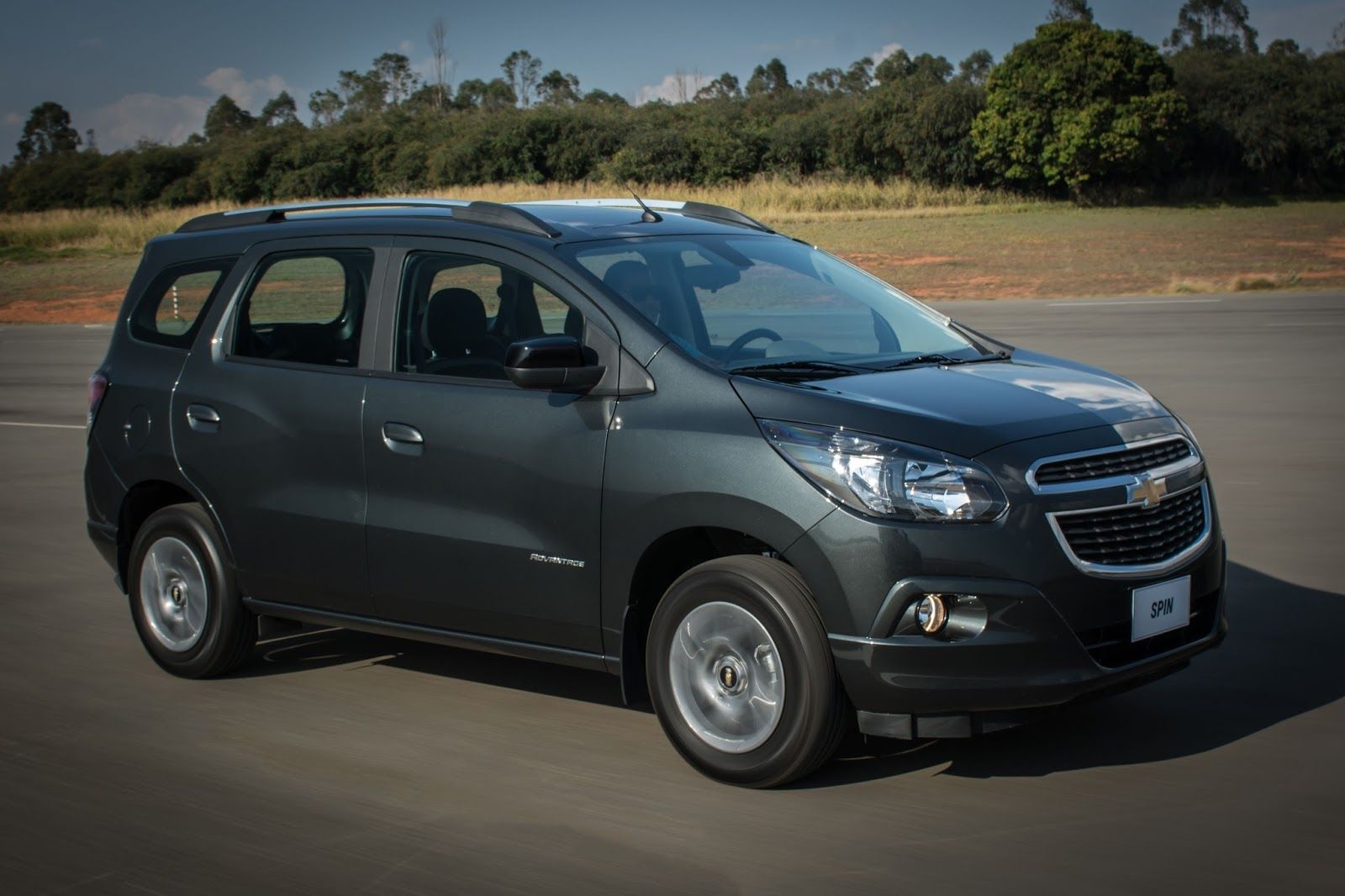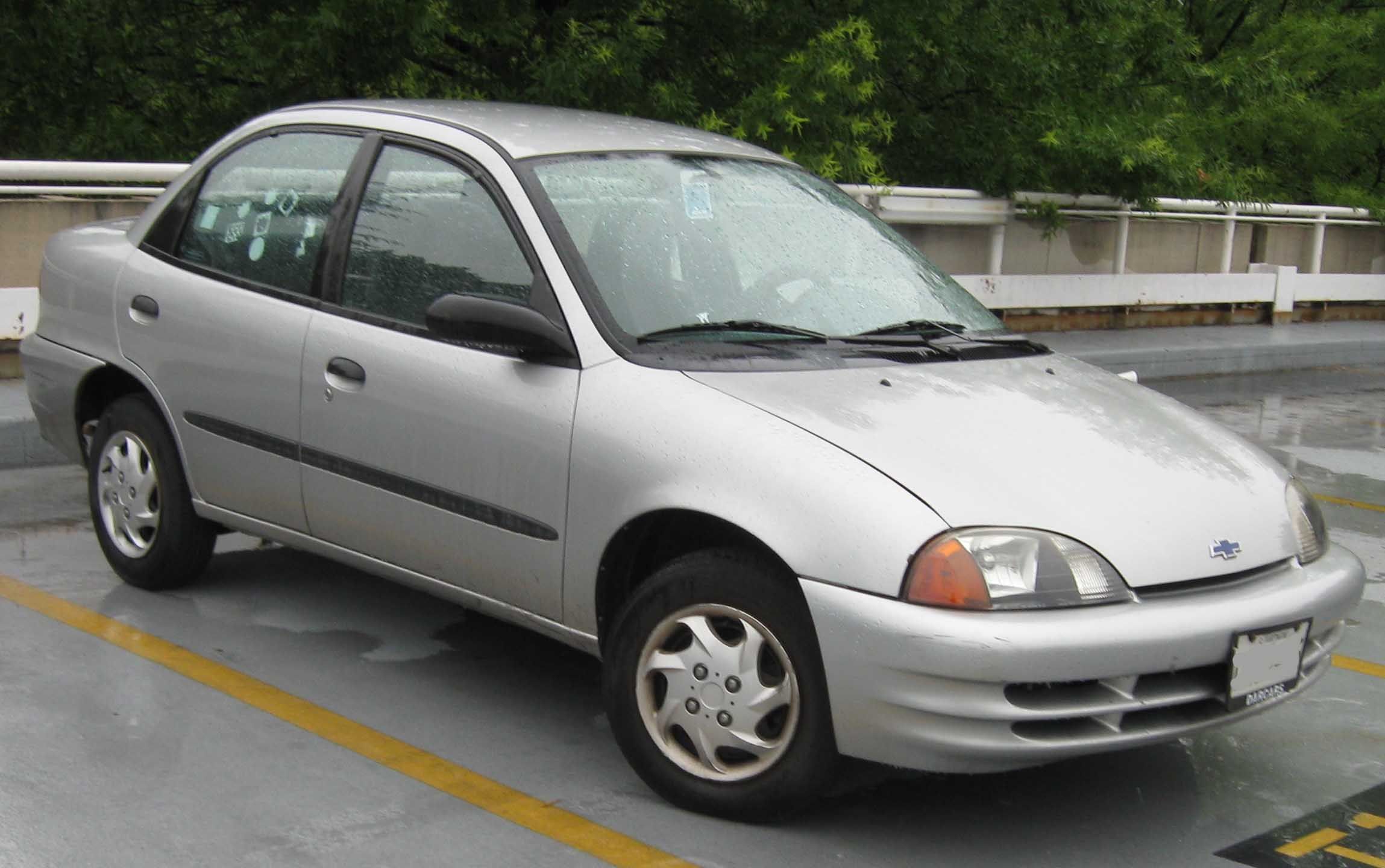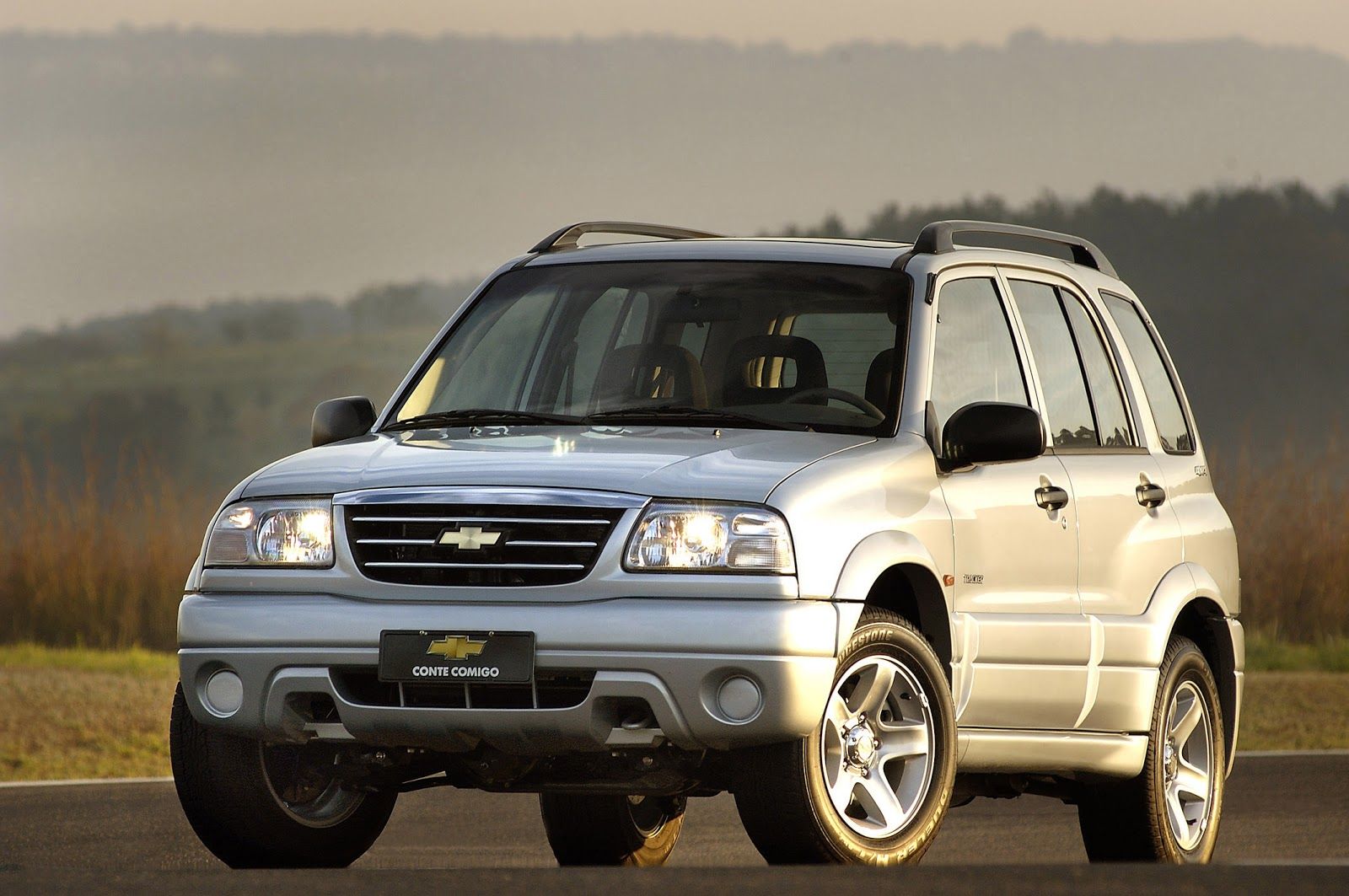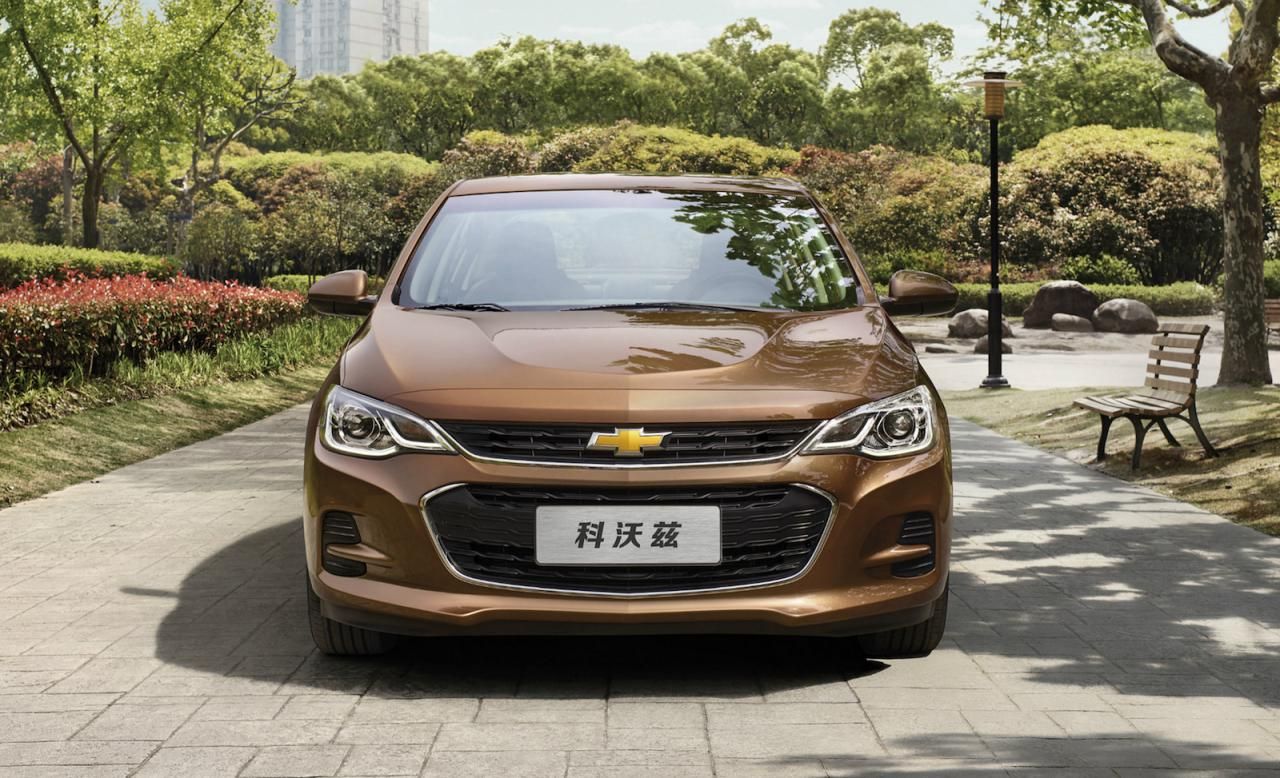Like any large corporation, automakers are more than happy to sell their proprietary technology to anybody who’s willing to pay for it. Ford isn’t especially unique in this respect: there’s plenty of small manufactures overseas that are unwilling or incapable of going through he cost-intensive effort of designing their own engines. That’s not especially surprising considering it’s one of the most complicated parts of the entire new car development process. Current industry regulations and standards are very stringent, and few companies have the financial clout to go through countless testing cycles. Then there’s the fact that many of Ford’s engines are especially appealing to low-volume sports car builders, as many of their motors offer plenty of in-built reliability and a wide selection of parts to add a bit of oomph. Consider stuff like the Modular V8 or the Duratec line of inline-fours for instance.
Of course, even if you’re an exceptionally well-funded conglomerate, sometimes it just makes more sense to license out someone else’s tech instead of wading your way into a segment that you have zero experience in. Take GM for instance: in their ongoing quest to become the world’s largest automaker, they’ve had to dip their fingers into hundreds of different auto markets, each with their own unique set of preferences and regulations. In order to adapt, it makes sense for them to partner up with (or even buy out) a regionally-specialised company and slap their own badges on the resulting product. That saves the cost of having to design a new line of cars that may not even recoup the cost of development.
20 Ford: AC Cobra
In the pantheon of overpowered sports cars, few stand taller than the AC Cobra. It’s a story you’ve doubtlessly heard many times before: an enterprising Texan named Carroll Shelby sent a letter to English sports car maker AC Cars, asking if they could send him an example of their Ace model modified in order to accommodate a V8 engine.
With that part of the equation sorted, Shelby shopped around at various domestic manufacturers in order to actually get his hands on an engine. Ford was more than happy to provide him with their new 3.6 liter small block Windsor V8, and thus, a legend was born.
19 Ford: Caterham 620R
Caterham is one of England’s most established low-volume sports car builder, spinning off countless variations of their 7 model, itself based on the same design as a Lotus Seven, which was introduced back in 1957.
Thankfully, Caterham didn’t want to keep itself completely locked in the past, as they’ve been more than happy to fit their cars with thoroughly modern powertrain and suspension components.
Case and point, the 620R. Representing the apex of the 7 lineup, the 620R uses a supercharged 2.0 liter Ford duratec inline-four, which pumps out a healthy 310 hp. Combined with a curb weight of just 1260 lbs, the 620R can rocket to 60 MPH in a manufacturer-quoted (and therefore likely conservative) 2.8 seconds.
18 Ford: De Tomaso Pantera
Not only is the De Tomaso Pantera bite-the-back-of-your-hand beautiful, it’s also far less temperamental than similarly-styled purebred Italian exotics of the era. That’s down to the Pantera’s engine, a 5.8 liter pumping out 330 hp whose torque-rich powerband made it a comparative doodle to drive in traffic but also made it capable of accelerating to 60 MPH in just 5.5 seconds.
Unfortunately, one area in which the Ford-powered coupe did not differ from its more exotic competitors was build quality: back in the 1970s, small-batch manufacturers didn’t have the same computer-aided design tools they have today, which meant that things like air-tight panel gaps and rust proofing were practically nonexistent.
17 Ford: Koenigsegg CCR
Before the power-mad anarchists of Ängelholm designed their own motor, Koenigsegg had to make do with a highly modified version of Ford’s Modular V8. Their first car, the 2002 CC8S, made do with a supercharged 4.7 liter unit pumping out 646 hp and 550 lb ft of torque.
However, it only reached its peak state of tune in the CC8S’s successor, the CCR.
Koenigsegg engineers went broke for boost by fitting a pair of Rotrex superchargers putting out 1.2 bar of pressure. That upped output to the giddy heights of 806 hp and 678 lb ft of torque, allowing the CCR to punch a massive hole in the air on its way to a top speed of 241 MPH.
16 Ford: Laforza
Much like Madonna, the Laforza is enough of an iconoclast to only need one name. This flamboyantly monikered SUV was a re-engineered version of the Rayton-Fissore Magnum, itself a re-badged Iveco light-duty military off-roader that had been adapted for civilian duty with a range of turbodiesel engines and swathes of leather.
In order to be made appealing to well-heeled, power-hungry consumers on our side of the Atlantic, they fitted a 5.0 liter Ford V8 (featuring electronic fuel injection) and a beefy Selec-Trac transfer case. Later versions of the Laforza were available with supercharged verions of the 5.0.
15 Ford: MG xPower SV
Representing the last gasp of British-owned MG Rover, the xPower SV was an an uncompromisingly track-focused sports car with the heart and soul of an old-school muscle car.
It was based on the little-known Qvale Mangusta following that small Italian manufacturer’s acquisition by MG Rover in 2003.
The Mangusta had used a cleverly-engineered steel chassis that was far lighter than those used by contemporaries, which gave MG Rover a solid foundation on which to build their range-topper. The cloaked that structure in a featherweight carbon-fiber and steel skin and stuffed a Roush-tuned 4.6 liter Modular V8 under the hood, good for 320 hp. In the racier SV-R trim, that figure got bumped up to 385.
14 Ford: MG ZT 260
The MG ZT 260 was yet another wildly ambitious project from the final days of British MG Rover. While it might appear to look like a garden variety ZT on the surface, which offered a variety of uninspiring inline-fours and V6s driving the front wheels, the 260 was actually a tire-shredding roundhouse kick to the face of mediocrity: the ZT’s chassis was extensively re-engineered by the crack team over at pro-rallying specialists Prodrive, who converted the car to RWD and fitted a Mustang-sourced 4.6 liter Modular V8 under the hood. The only way to separate the pedestrian from the predatory were the quartet of exhausts under the rear valance of 260 models.
13 Ford: Noble M400
Noble can sort of be described as a sort of hipster alternative to Lotus if you some how find the latter to be too mainstream. That’s not to say that Noble’s lineup is a ripoff or an inferior imitation, far from it; their current range-topper, the M600, earned almost unanimous praise for the fluid driving dynamics and 650 HP V8. It’s predecessor, the M400, might not have quite as potent, but it was still one of the fastest road-legal cars on Earth at the time of its release back in 2004.
While praise should be given to the mid-engined coupe’s 2,340 lb curb weight, another contributing factor to the M400’s ruthless capacity for speed is its twin-turbocharged 3.0 liter Duratec V6, which cranked out 425 hp and 390 lb ft of torque.
12 Ford: Sunbeam Tiger
While the AC Cobra might be Carroll Shelby’s most well-known creation, it was far from unique in his portfolio. Case and point, the Sunbeam Tiger. Produced from 1964 to 1967, it’s entire ethos can be summarized in a few short words: a Sunbeam Alpine with a 4.3 liter Windsor stuffed up its snout.
The resulting machine was crude but devastatingly fast: 164 hp might not seem like a lot these days, but the V8’s 258 lb ft of torque were more than enough to get the Tiger’s 2,653 lbs moving.
If that wasn’t enough for you, Tigers in their final year of production got 4.7 liter V8s that cranked out 200 hp and flung the dinky two-seater to 60 MPH in 7.5 seconds.
11 Ford: TVR Griffith
Marking the return of beloved British sports car builder was a revival of their most successful car: the Griffith. While the original, built from 1991 to 2002, was an unsophisticated yet gorgeous brute with gobs of power and a propensity for going sideways at inopportune times, the new Griffith, slated to enter production by the end of this year, is much smarter.
Much of that should be owed to the work of Gordon Murray, who also happens to be the man who designed the McLaren F1: its carbon-fiber chassis is the product of a revolutionary new manufacturing technology called iStream, while the suspension is thoroughly modern, featuring a double wishbone setup with adjustable coilovers at all four corners. That’s not to say that the Griffith has gone all frou-frou on us: under the hood is a naturally-aspirated, Cosworth-tuned Coyote V8, which sends its 500 stallions to the rear axle through a six-speed Tremec Magnum manual gearbox.
10 Foreign: Chevrolet Spark
GM isn’t exactly rich with experience when it comes to building small cars: that’s not much of a surprise, considering they cut their teeth in the domestic market, where consumer appeal is measured in square footage of sheet metal.
So, what do you do when you’re an automaker looking to enter a new segment that you’re totally unfamiliar with? Well, if you’re a hugely well-funded conglomerate like GM, it’s simple: buy your way in.
The Spark is a textbook example of this. Engineered by Korean GM subsidiary Daewoo, the Spark is actually sold in a few markets with a Suzuki-developed inline-three engine.
9 Foreign: Chevrolet Chevette Diesel
Few people have fond memories of diesel-powered domestics from the late 1970s and early 1980s. Much of the blame for this ire can be laid at the feet of Oldsmobile’s Diesel powerplants, which, despite being woefully underpowered and unreliable, belched black smoke like a Victorian-era factory staffed entirely by coal-stained orphans. The 1.8 liter inline-four unit developed by Japanese automaker Izusu, available as an option for post 1981 Chevettes, was a high-water mark in comparison. With an output of just 51 hp and 72 lb ft of torque, you wouldn’t be setting any speed records, not even in something as flimsy and lightweight as the Chevette.
That said, the little diesel was at least fuel efficient, capable of reaching 50 MPG in regular driving according to some owners, and had the added benefit of being almost bulletproof.
8 Foreign: Chevrolet Cobalt SS
Chevy’s turbocharged sports compact was one of the best domestic entries in the segment since the flimsy but furious Dodge Neon SRT-4. Much of the thanks for that comes courtesy of the SS’s Ecotec four-cylinder powerplant, which had the distinction of being one of the few supercharged inline-fours on the market at the time.
Known internally as the LSJ, it was essentially a modified version of the LK9 unit used in the Saab 9-3.
That motor was developed by an international team of engineers, with the bulk of the work being handled by Lotus Engineering in Hethel, England.
7 Foreign: Chevrolet Corvette ZR-1 C4
Rather than using high-test pushrod V8, a long-standing (some would say defining) characteristic for Corvettes, the C4-chassis ZR-1 broke tradition with its dual-overhead cam LT5.
While it’s usually considered to be a standard-bearer for the red, white, and blue, the ZR-1 distinguished itself further by having an engine developed by Lotus Engineering.
That said, the LT5 itself was screwed together on our shores by Oklahoma-based powerboat specialists Mercury Marine before being shipped to Bowling Green, Kentucky. GM desired for the ZR-1 to be one of the world’s fastest production cars, and with its 405 hp output, I’d say it more than earned its spot among more exotic machinery.
6 Foreign: Chevrolet Prizm
The Prizm is yet another one of GM’s attempts to break its way into an unfamiliar segment with the aid of a more experienced partner. In this case, that was Toyota. The Prizm (and the so-called NUMMI factory in Fremont, California where it was built) was one of the results of an alliance between the two automakers that was established in 1984.
You don’t need Sherlock Holmesian levels of observational skill to notice the similarity between it and the Toyota Corolla.
Being a badge-job, GM didn’t spare the funds to design a brand-new engine, relying instead on Toyota’s A-Series (and later ZZ-Series) family of fuel-efficient inline-fours.
5 Foreign: Chevrolet Sail
The Chevrolet Sail isn’t a familiar name for consumers on our shores, which makes sense considering it's only sold in South America, North Africa, India, and the Middle East. It was developed to capitalize on developing market’s appetite for cheap, practical, fuel-efficient transport.
The Sail meets all of those criteria with a selection of capacious hatchback and hatchback body styles. The fuel-efficient side of the equation comes courtesy of Japan with a range of Suzuki-developed S-TEC inline-four engines, available in 1.2 liter or 1.4 liter flavors. The former puts out around 80 horses while the latter makes a slightly less asthmatic 102 hp and 97 lb ft of torque.
4 Foreign: Chevrolet Spin
The Spin is a compact multi-person vehicle that has the distinction of only being sold in two markets: Brazil and Indonesia. It represents a pretty remarkable slice of packaging: despite being a mere four inches longer than the dinky Chevrolet Trax crossover, the Spin manages to wedge seven seats within the confines of its interior.
Similar to other overseas-exclusive offerings from Chevrolet, it relies on GM’s strong ties with small-car specialist Suzuki. Accompanied by a few in-house designs, the Spin is offered with the most potent S-TEC variant, a 1.5 liter inline-four that puts out 150 hp.
3 Foreign: Chevrolet Metro
More commonly known for being sold under the value-first Geo umbrella, the Metro was one of GM’s first dalliances with Suzuki. It was a re-badged version of their Cultus model, though offered with a selection of exclusive body styles (including a hilariously misled convertible variant), and as such, it reused Suzuki’s line of G-Series engines.
In its most potent 1.5 liter 16 valve form, it cranked out somewhere in the region of 100 hp. With a curb weight that slipped under the one-ton market, that’s actually more than sufficient to have a bit of fun.
2 Foreign: Chevrolet Tracker
The Tracker was an uncompromisingly rugged compact off-roader that also went by the name of Suzuki Sidekick and Vitara. At first glance, you wouldn’t think it had much in the way of all-terrain capability, but it belied its somehow boxy yet cuddly exterior with a rugged ladder-frame chassis, full-time four-wheel drive, and 2-4 transfer case.
As you might expect by this point on the list, motive power came courtesy of Suzuki. The most potent engine on offer was a 2.5 liter H25A V6 that put out a 160 hp and 163 lb ft of torque.
It further proved its reputation for go-anywhere capability by pulling duty in the Titan T-51 Mustang airplane, a three-quarter replica of the famous P-51 Mustang WW2-era warplane.
1 Foreign: Chevrolet Cavalier
While the Cavalier nameplate ended in 2005 on our side of the Atlantic, it was revived as a Chinese-market exclusive by the Shanghai-based division of GM. Riding on the second-generation Delta platform, it’s a mechanical twin of the first generation Cruze.
When the latter grew in size for its follow up, the Cavalier, introduced in 2016, was poised to slot between it and the smaller Sail model. It’s yet another compact car reliant on GM’s ties with Suzuki, as it utilizes the brand’s S-TEC inline-four with a 1.5 liter displacement. It cranks out 150 hp and 170 lb ft of torque.
Sources: evo.co.uk, roadandtrack.com, motoringresarch.com

